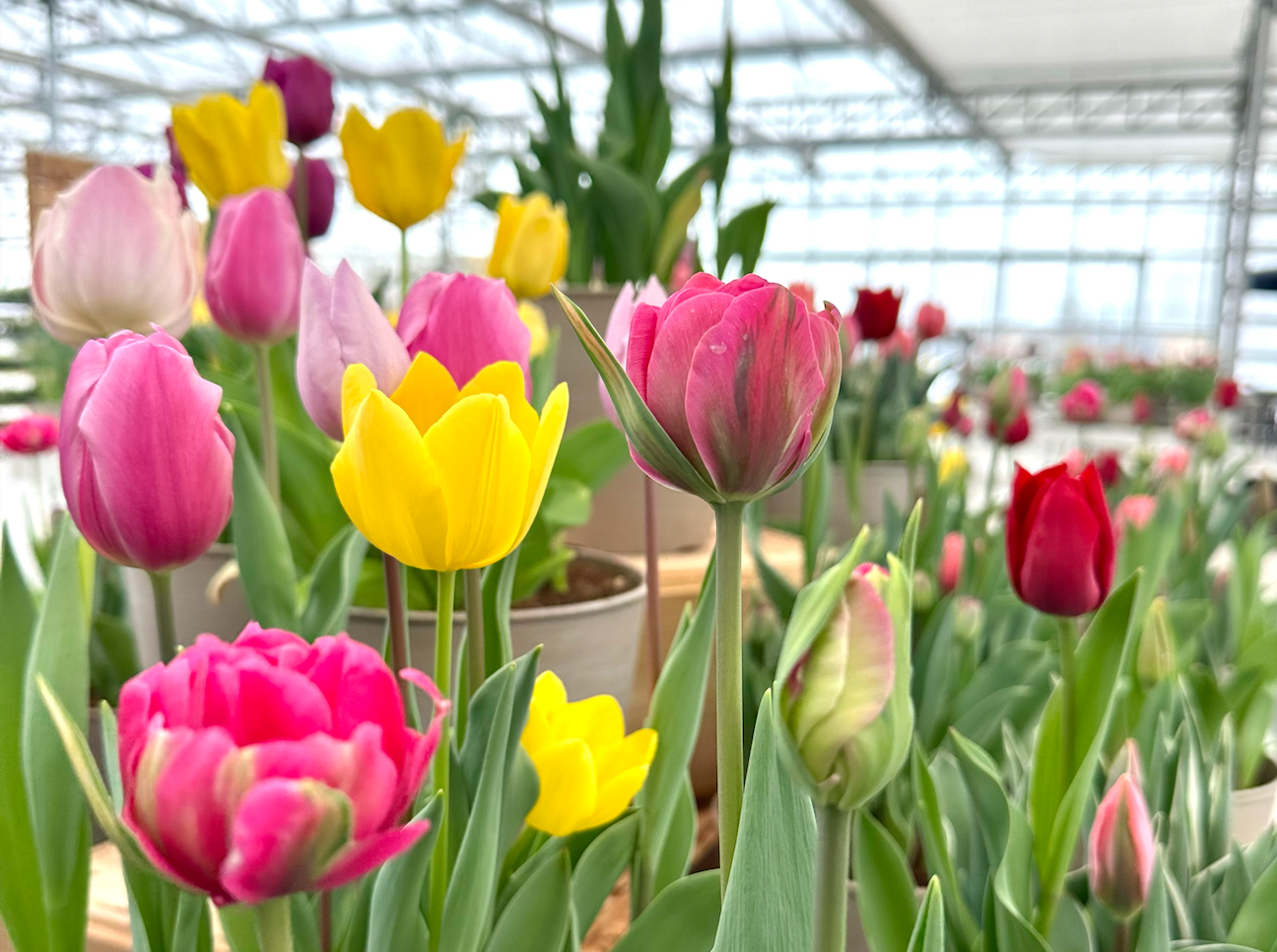
Saving Spring Bulbs
Out of all the flowers we grow some of the earliest bloomers come to us from bulbs. Beautiful tulips and crocus are the epitome of spring and their blooms bring joy to our winter weary souls.
Bulbs themselves are like little energy storage units, during their short lives they send out roots, leaves, and those lovely flowers like other plants but after they bloom they quickly begin to grab as much energy from the sun and soil and store it away for the next year. This is why, unlike perennials, bulbs will bloom and then begin to fade away - their foliage dying back along with their flowers.
All bulbs have different lengths of time they need before they return to dormancy. Tulips, crocuses, and other spring bulbs bloom quickly and fade quickly, often before the season is even over. While summer bulbs (or corms, or tubers, or all other manner of names for a rooted storage unit) may send out foliage similar to normal perennials and then only die back to the bulb once frost hits.
For this blog I’ll just be going over the spring bulbs we often find in pots for Easter. Forced Tulips, daffodils, hyacinths and crocus which were all grown to be as showy indoors as it is rock hard frozen outdoors. These bulbs are perfect for storing because they have a short growing season and do not need a lot of room compared to some summer bulbs.
Step 1: Buy some beautiful flowers! There are all sorts of lovely flowers on sale for the Spring and Easter season, choosing a pot with no flowers but lots of buds will allow you to enjoy every flower that is ready to bloom.
Common spring bulbs are
- Tulips tulipa
- Crocus crocus
- Hyacinth hyacinthus orientalis
- Grape Hyacinths Muscari armeniacum
- Daffodils and Narcissus Narcissus pseudonarcissus.
Step 2: Enjoy your flowers. Do not let them dry out just yet and place them in a relatively warm and sunny place.
Step 3: After they are finished blooming begin to restrict water and watch for dying leaves. In this case dampness can easily lead to rot so be very careful not to overwater - if you are worried don’t water - it's better to dry it out too quickly (this will not kill it) than overwater it (this definitely will kill it.) If it looks like it's dying from lack of water that's exactly what you want!
Step 4: Stop watering completely when the plant begins to droop or more than 50% of the leaves have died. If the soil is damp or the pot doesn’t have a drainage hole, remove the plant from the soil and hang it somewhere dark and dry. Make sure all the leaves and roots that are holding on stay on.
Congratulations! You have successfully saved your bulbs for another day! As long as they stay dry and dark they will happily rebloom for you next year, most bulbs will last about 12 months this way - if you’re concerned make sure to search the storage times for your specific bulb.
If you would like to learn more here are the links to some of my research sites. Remember to always check what type of flower bulbs you have since different flowers will have different needs for growing and storing.
Happy planting!
